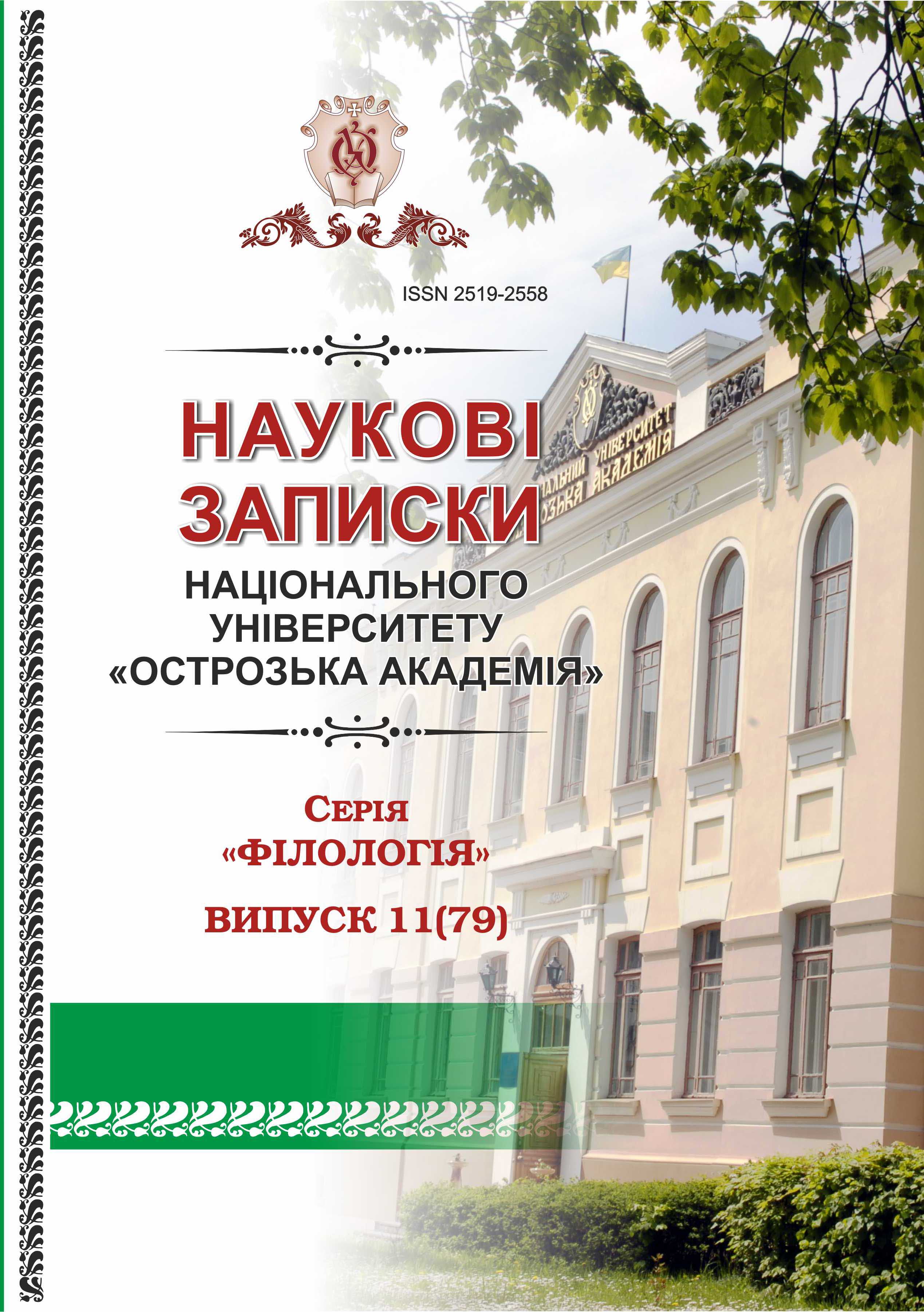DOES PANDEMIC HAVE A SILVER LINING? A CONTRASTIVE CORPUS STUDY OF COLLOCATIONS WITH PANDEMIC IN MEDIA TEXTS
Keywords:
semantic prosody, corpus analysis, PANDEMIC, media discourse, The Guardian, The MirrorAbstract
The research is devoted to the contrastive corpus analysis of the semantic prosody of collocations with PANDEMIC in the broadsheet ‘The Guardian’ and the tabloid ‘The Mirror’. The corpora have been processed with the help of Sketch Engine and the collocations with PANDEMIC have been analysed. The study mostly concentrates on the verbs with PANDEMIC as subject and object as most representative in media texts. The dictionary definition of PANDEMIC interprets it as a word with negative semantic prosody. The discourse analysis of the data obtained proves that collocations containing this collocate have negative semantic colouring as well. The following verbs start, hit, lead, cause, force, mean, devastate, which are common for both newspapers, represent PANDEMIC as a metaphorical image of a disaster, and the verbs specific for ‘The Mirror’ – bring, abate, inflict, scupper, kill, give, show, go on – support the given picture. However, the verbs unique for ‘The Guardian’ – strike, affect, shine, reveal, create, take, turn, remain – mostly outline the starting point or describe problems people have to face during pandemic times. Still some verbs in ‘The Guardian’, for example exacerbate and stop, also contribute to the frightening portrayal of a supernatural power terrorising humans. Both newspapers sketch personal stories, describe problems in business, trading, travelling, but ‘The Guardian’ puts more emphasis on international affairs and governments’ decisions and responsibility.

